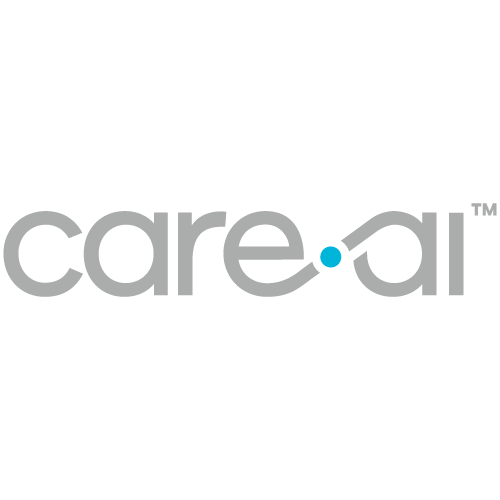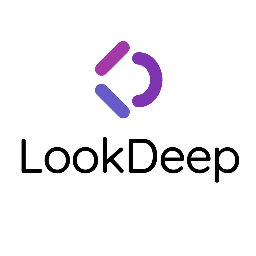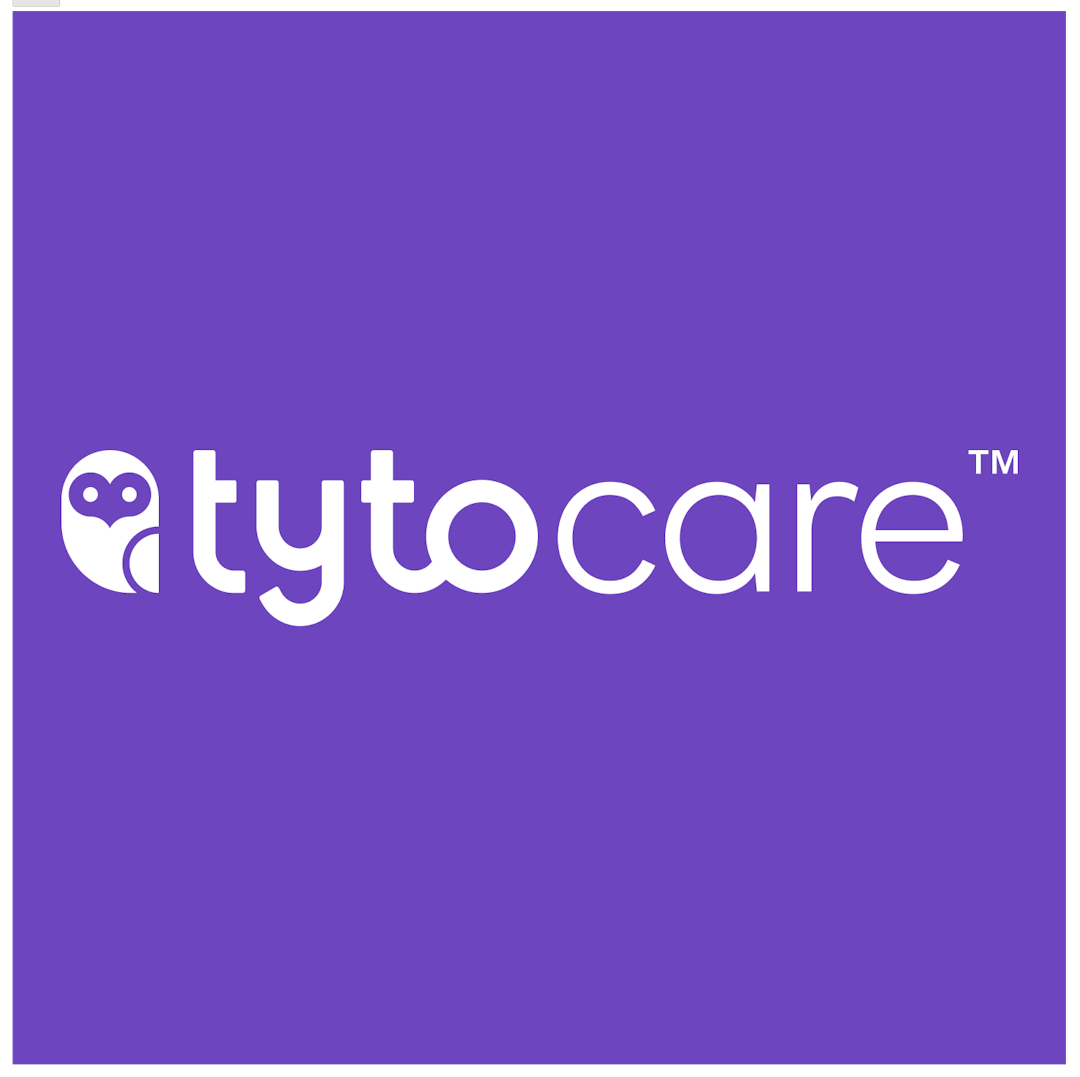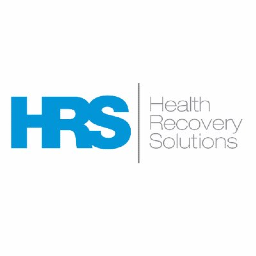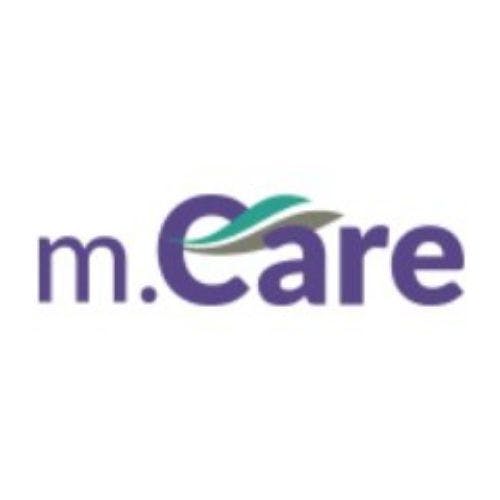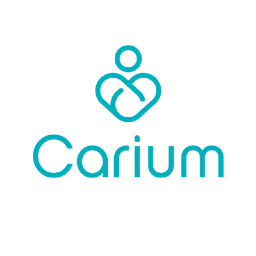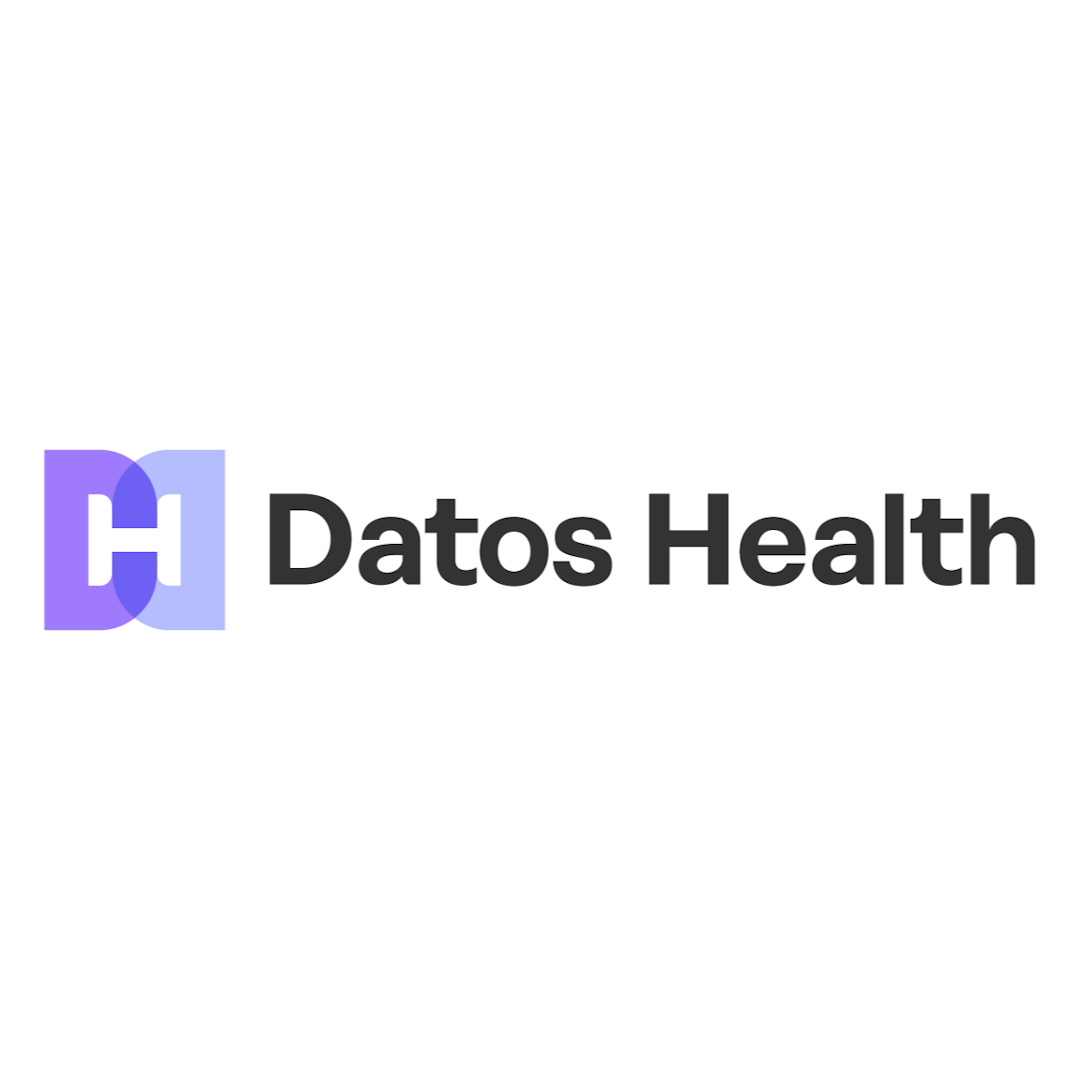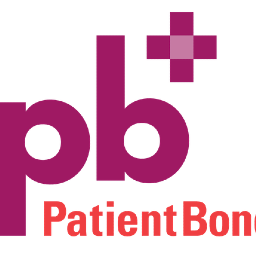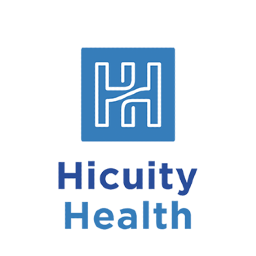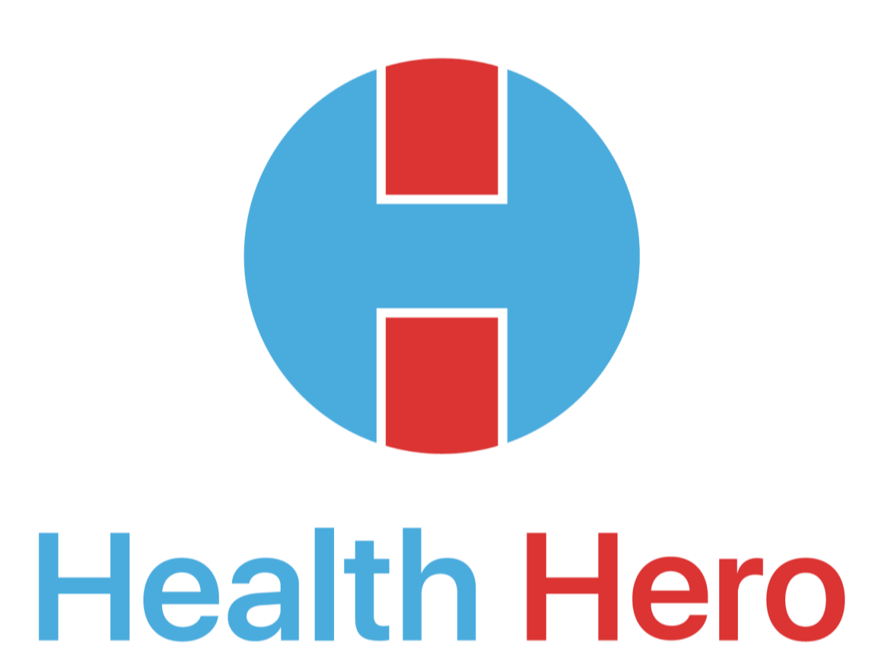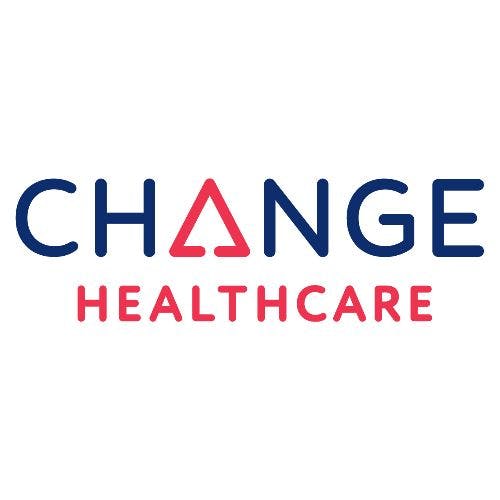Currently, we have identified 141 digital solutions in the virtual visits space, many of which integrate with leading systems like Epic, Cerner, Meditech, Allscripts, McKesson and others. This means you can choose a virtual visits solution that meets the unique needs of your healthcare organization and patients.
What’s more, our verified client data for these solutions shows that over 270 health systems are already using prior authorization solutions. This demonstrates the growing acceptance of this technology among healthcare providers as a means of improving patient outcomes and through synchronous and asynchronous visits.
Virtual visits are a convenient and accessible way for patients to access remote care, either synchronously through live virtual encounters or asynchronously through email, text, or chat messages. With the growing demand for accessibility and convenience in healthcare, virtual visits have become an essential tool for healthcare providers to connect with patients and improve their overall experience.
On this page, you'll find a curated list of virtual visits solutions designed to help healthcare providers offer high-quality care to their patients from anywhere, at any time. These vendors have solutions that include telemedicine platforms, remote monitoring tools, and digital health apps that enable healthcare providers to deliver remote care seamlessly.
On AVIA Marketplace, you will find a curated list of virtual visits solutions from top vendors in the industry. These solutions help healthcare organizations to reduce wait times for in-person primary care visits and improve patient satisfaction. By browsing AVIA Marketplace, you'll have access to the latest and most innovative virtual visits solutions that can help improve patient care and outcomes in your healthcare organization.



